Why Hurricane Milton is such a monster
With its astonishing speed, small ‘eye’ and destructive potential, Hurricane Milton is like nothing America has ever seen before. Here’s why it has authorities so worried. See photos, video.
Environment
Don't miss out on the headlines from Environment. Followed categories will be added to My News.
US President Joe Biden warned it could be “Florida’s worst storm in a century,” but Hurricane Milton’s wind speed and destructive potential has left meteorologists lost for words.
Here’s what we know.
When will Hurricane Milton make landfall?
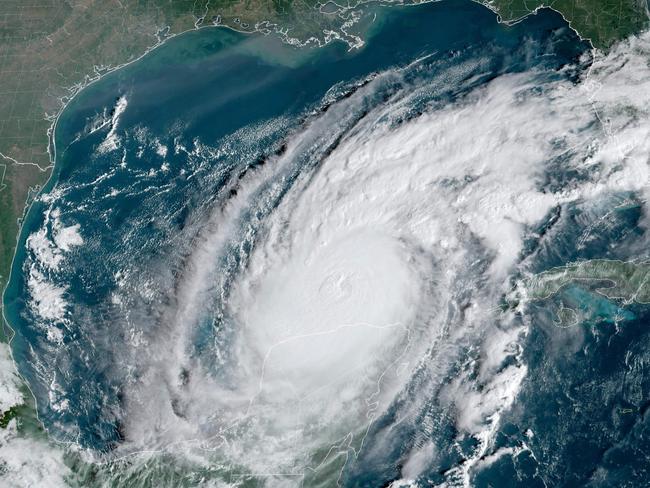
The system made landfall as a Category Three storm at Siesta Key, south of Tampa, around 8.30pm Wednesday (11.30am Thursday AEDT). There were reports of rainfall of between 10-14 inches (255-355mm) in Tampa and Fort Myers, while 125 houses were destroyed by tornadoes that ripped through the state prior to Milton making landfall.
The system has put almost the entire state put on alert for high winds, storm surges of up to 15 feet (4.5 metres) and flooding. The system is expected to traverse Florida, impacting the tourist hub of Orlando and the Space Coast around NASA’s Cape Canaveral, before heading out into the Atlantic.
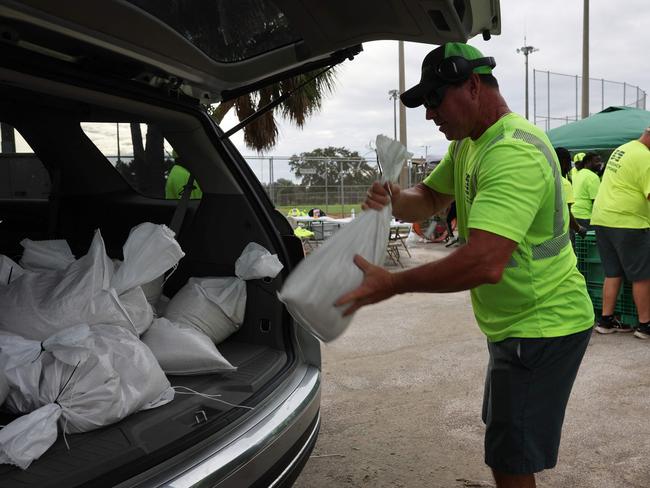
In a press statement on Tuesday, Mike Brennan from the US National Hurricane Center warned: “It will flood in areas that don’t normally flood. I’m pleading with you to get out of those storm surge evacuation areas if you have not yet.”
How strong is Hurricane Milton?

Hurricanes are given a rating from one to five, depending on their wind speed. Milton has vacillated between a category three and five event, with category five reserved for those hurricanes that pack speeds of at least 157 mph (252 km/h). But it has been suggested that a new category six for hurricanes is needed, for events that have wind speeds of 192 mph or more (308 km/hr).
The US National Hurricane Center ruled out adding a “Category Six” back in February, but proponents say the new level – which Milton has not yet reached – would help people understand the need for preparations.
Professor Liz Ritchie-Tyo from Monash University said the argument behind designating a new Category Six for cyclones was “not very well thought out”.
“The trouble is that the category system is based on wind speed, and what we’re really trying to do is find a way to make the public understand that it’s not just the winds that are important, it’s the rain, the storm surge, and the overall extent of of the winds that is going to cause the damage,” she said.
What preparations are taking place?
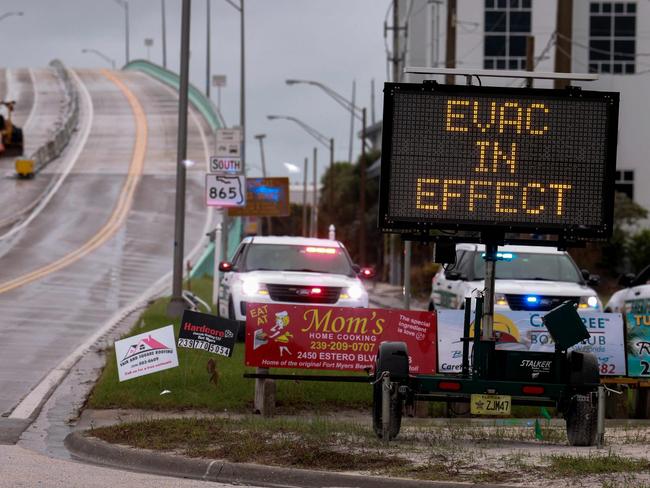
Schools and workplaces have been closed and evacuation orders for one million people around Tampa and Florida’s east coast have been put in place. Those who are staying put have been warned to get to higher ground, given the inevitability of storm surges.
The most dire warning came from Florida’s Attorney-General Ashley Moody, who suggested people who ignore evacuation orders would very possibly die.
“You probably need to write your name in permanent marker on your arm so that people know who you are when they get to you afterwards,” he said.
Tampa’s mayor Jane Castor was just as blunt, telling CNN that residents who choose to stay behind “are going to die”.
How does Hurricane Milton compare to Hurricane Katrina?
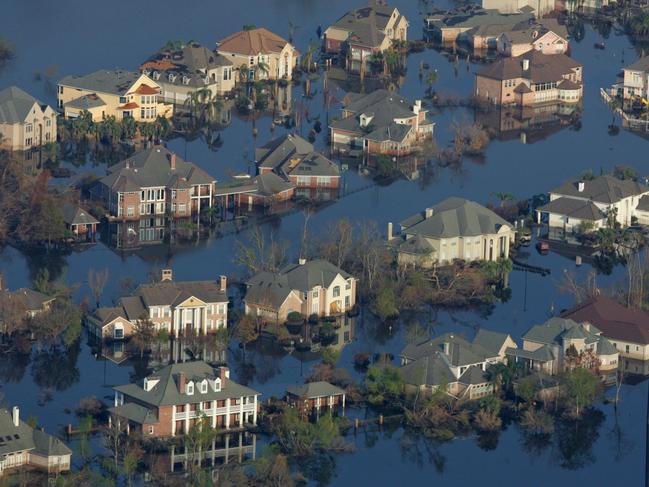
Milton’s wind speed has been as high as 180 mph (290 km/h) but around the time it made landfall it had dropped to a still-astonishing 125 mph (200 km/h).
One of the most infamous hurricanes in US history is Hurricane Katrina, which smashed the city of New Orleans in August 2005, resulting in more than 1200 fatalities and an estimated damage bill of US$125 billion (A$185 billion). Katrina’s strongest winds were recorded at 175 mph (280 km/h).
America’s most deadly hurricane hit the Texan city of Galveston in September 1900, where it killed an estimated 8000 people.
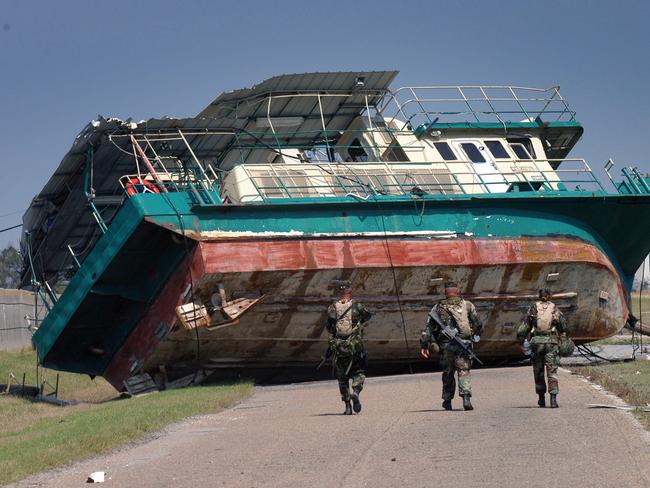
What is so different about Hurricane Milton?
Acceleration: Meteorologists said Milton formed incredibly quickly, going from a tropical depression to a hurricane within hours. Its wind speed more than doubled between Sunday and Monday.

A small eye: The “eye” of a hurricane – where conditions are relatively stable – is on average about 20 to 40 miles in diameter (32-64kms). The eye of Hurricane Milton is much, much smaller, at just 3.8 miles in diameter (6.1kms). This means there will be a tight radius of winds around the core.
Quick succession: Milton’s arrival comes just weeks after Hurricane Helene slammed into Florida, drenching several states in the southeast USA. Hurricane Helene had a death toll of 237 people across six states.
The quick succession of two powerful cyclones was “not very common at all, but it’s not unheard of,” said Professor Ritchie-Tyo.

Hot seas: Oceans all around the world have been warming as a result of climate change, but the waters in the Bay of Mexico, where Milton originated, have been like a hot bath recently – as high as 30°C.
What is the difference between a hurricane, typhoon and tropical cyclone?
These words refer to the same weather phenomenon, but are used depending on where they occur. According to the US National Ocean and Atmospheric Administration, they’re called hurricanes in the North Atlantic, central North Pacific, and eastern North Pacific, typhoons in the northwest Pacific, and tropical cyclone in the South Pacific and Indian Ocean.
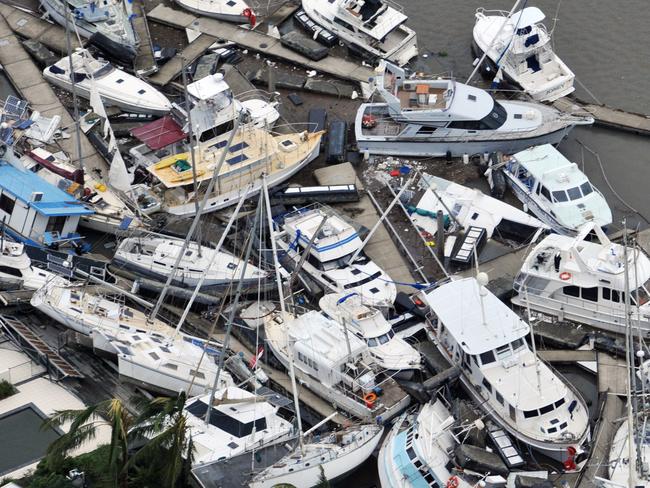
How does Milton compare to Australian tropical cyclones?
In a nutshell: Milton’s maximum wind speed of 180 mph (290 km/h) is stronger than anything ever recorded in Australia.
But tropical cyclones around the Northern Territory and Queensland can be dangerouns for another reason: they don’t move in as predictable a fashion as hurricanes in the Gulf of Mexico, Professor Ritchie-Tyo said.
“They tend not to move in that broad curving fashion - they’ll do loop-the-lops and sometimes even turn back the way we don’t expect them to go. If they’re off the west/northwest shelf, they behave a little better,” she said.
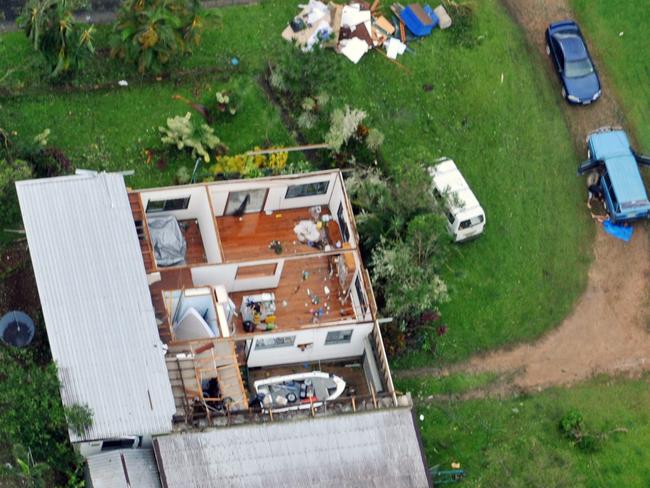
Cyclone Yasi, which smashed Tropical North Queensland in February 2011, had recorded gusts of 285 km/h, while Cyclones Monica and Marcus, which made landfall in Australia in April 2006 and March 2018 respectively, registered wind speeds of 250 km/h.
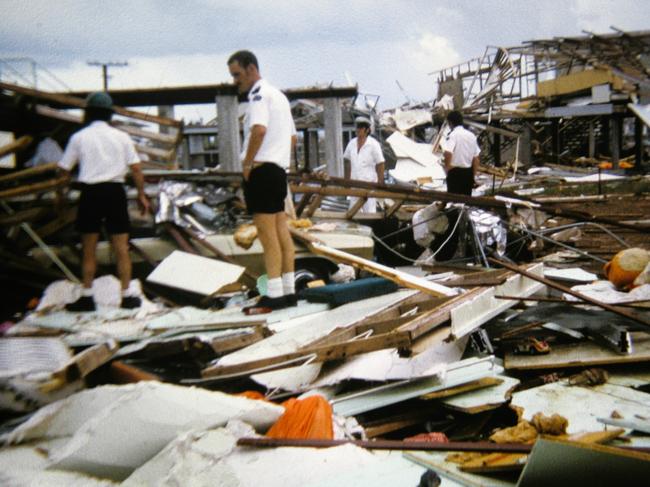
Yasi was the costliest tropical cyclone in Australian history, with an estimated damage bill of $3.6 billion and one fatality, whereas Monica and Marcus passed without reports of significant damage or death.
Cyclone Orson, which struck Western Australia in April 1989 packed wind speeds of 240 km/h, caused five deaths and resulted in $16 million in property damage.
Cyclone Tracy, which decimated Darwin around Christmas in 1974, had wind speeds of 217 km/h.
Originally published as Why Hurricane Milton is such a monster





